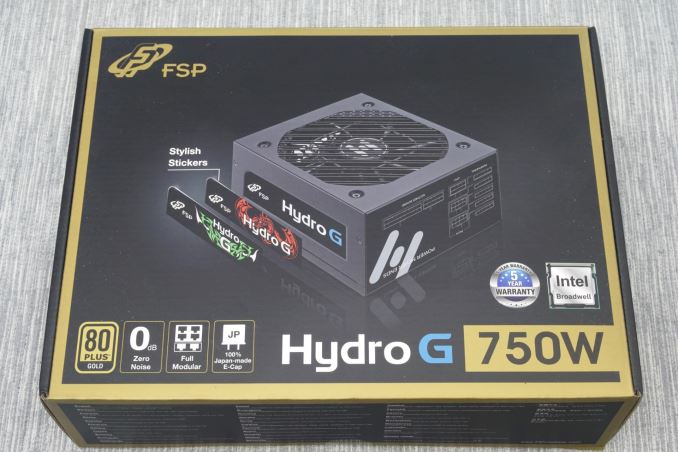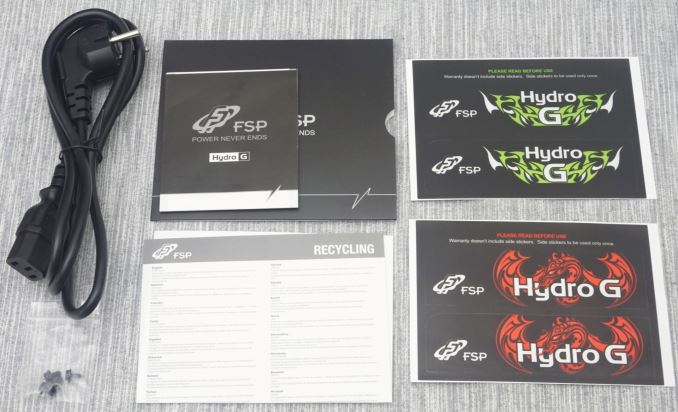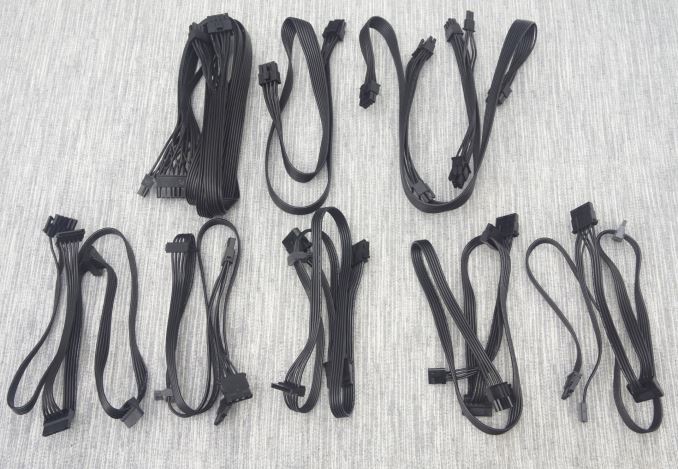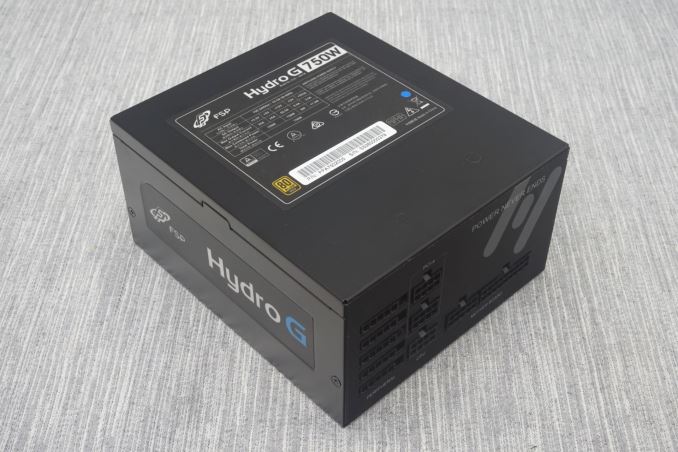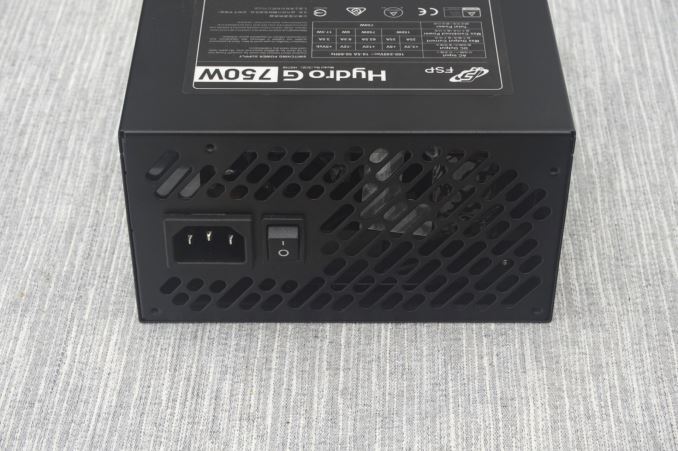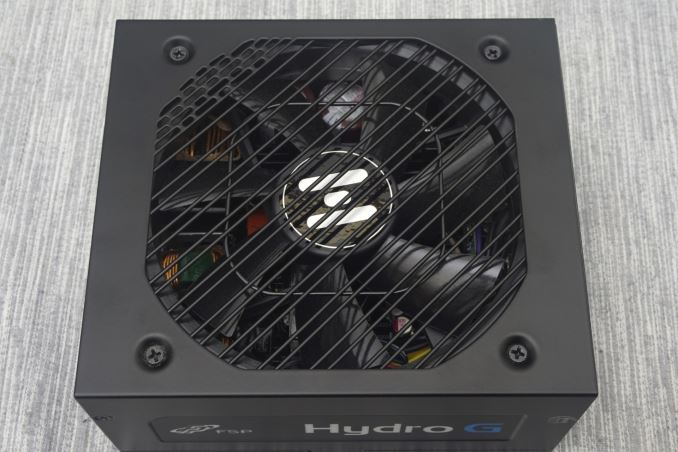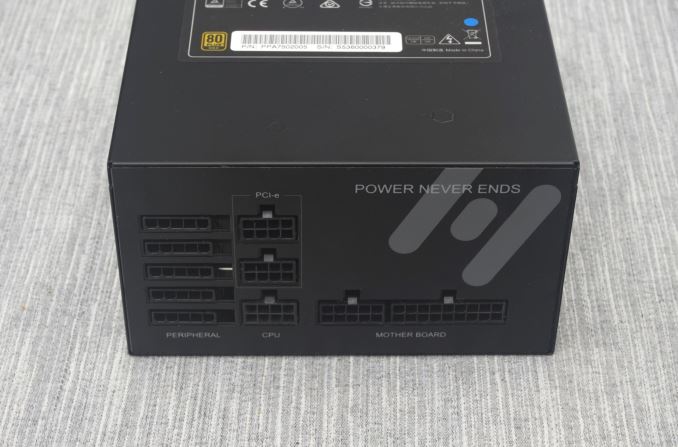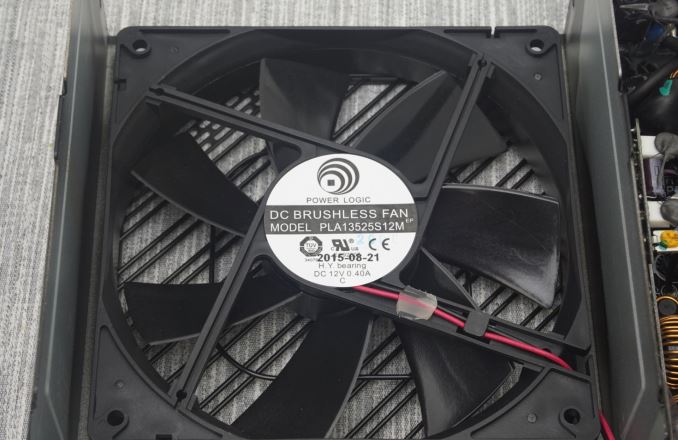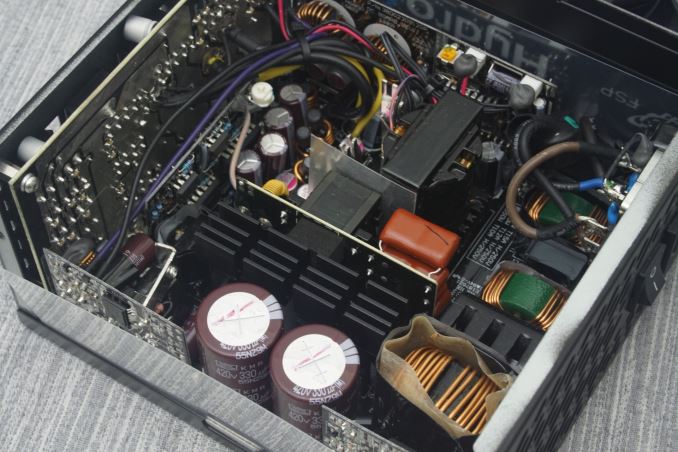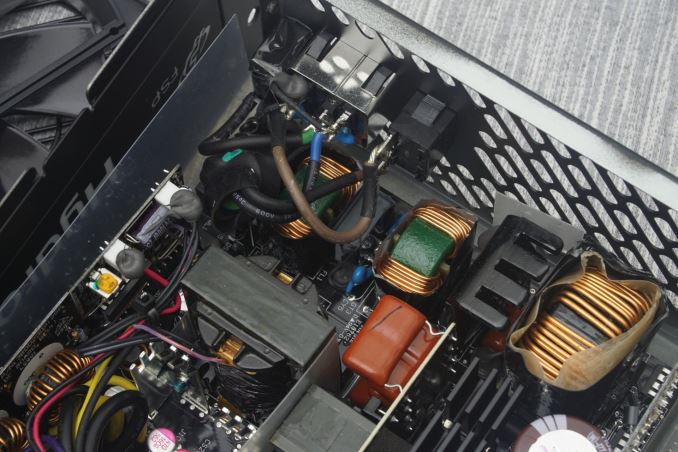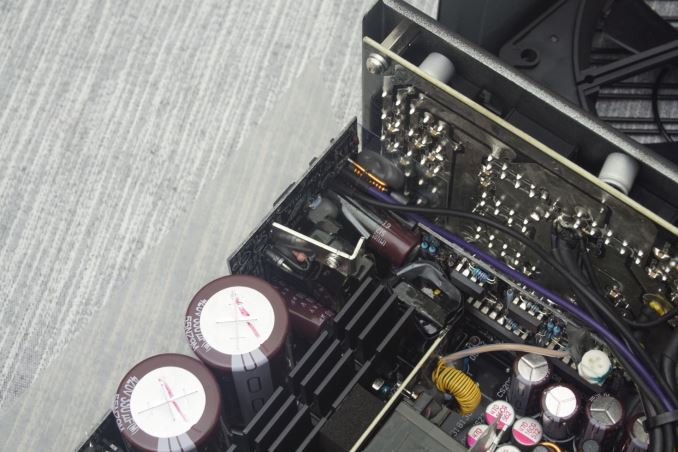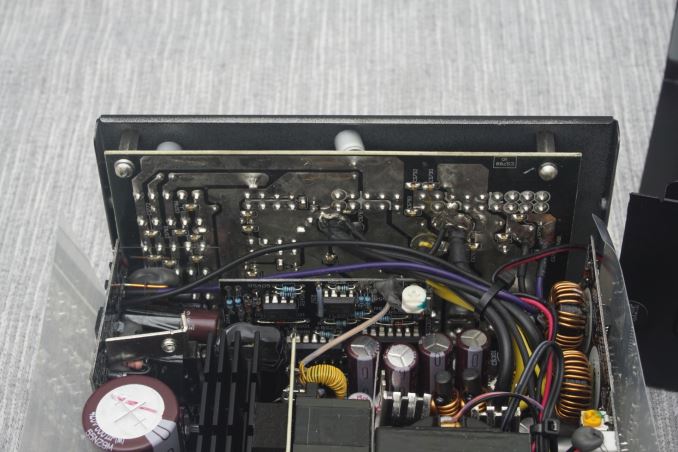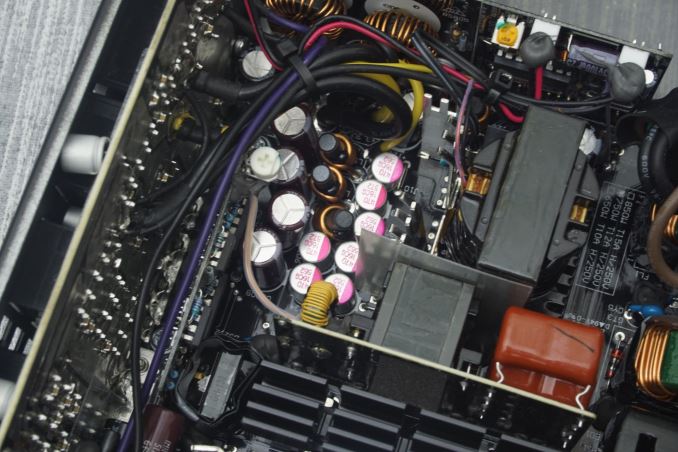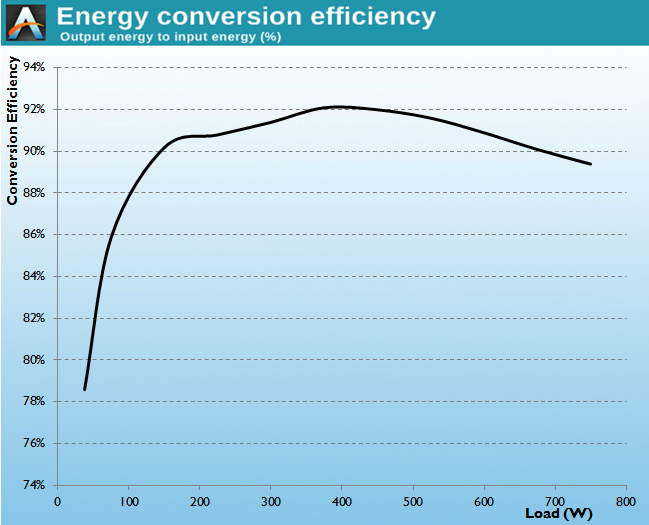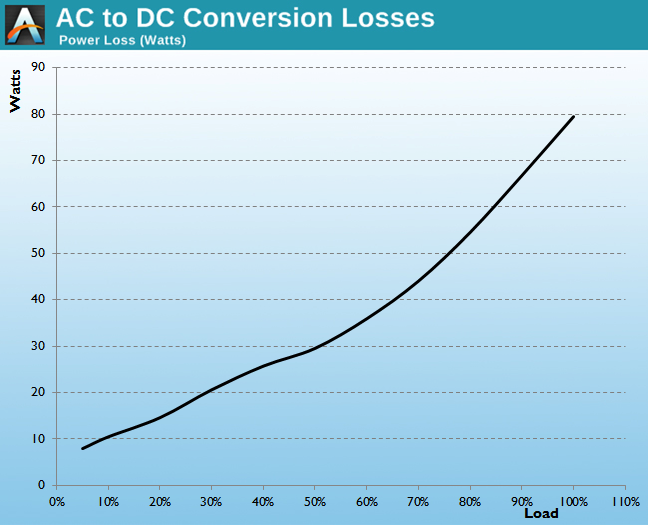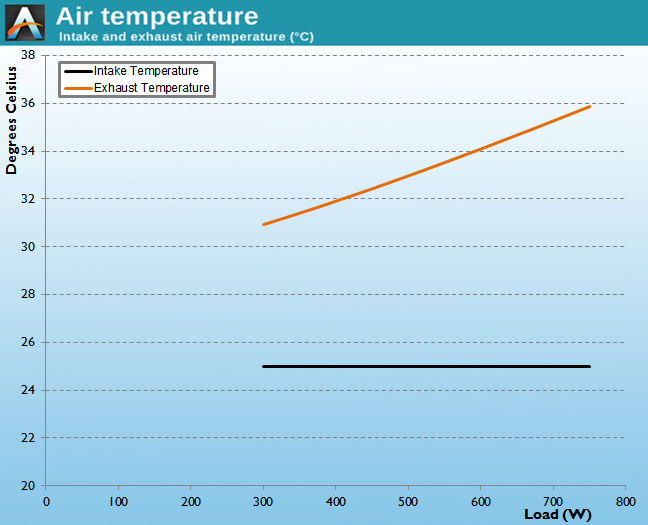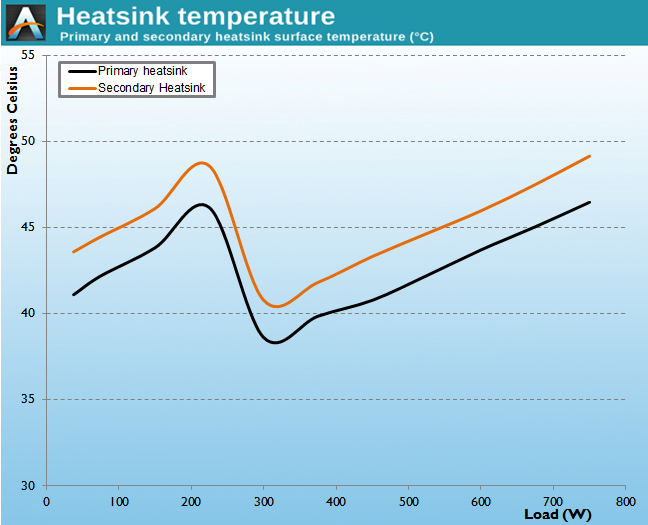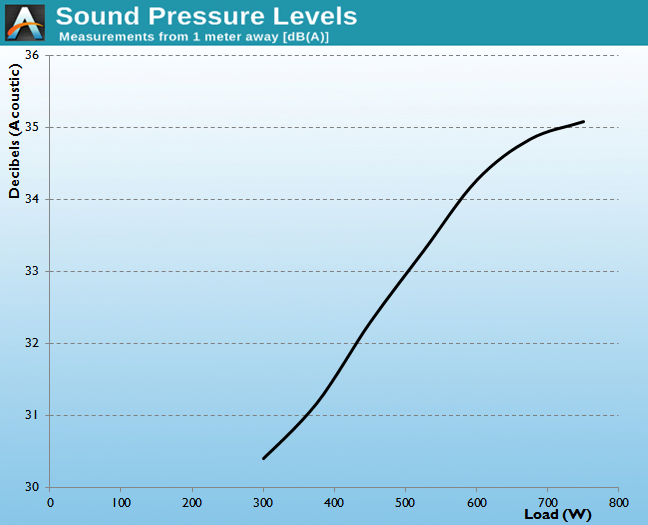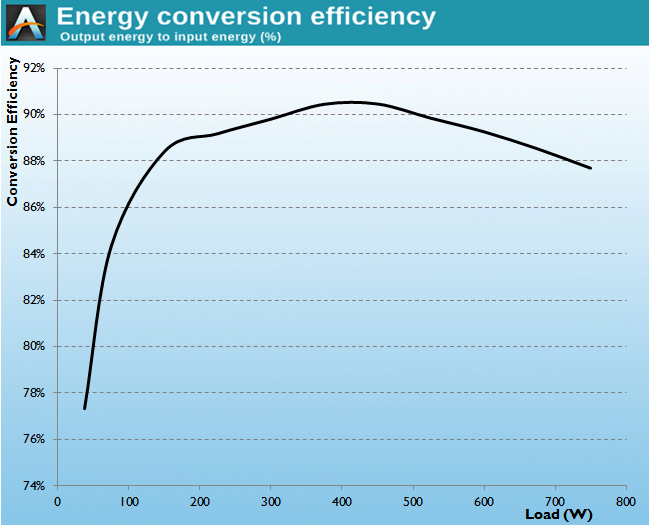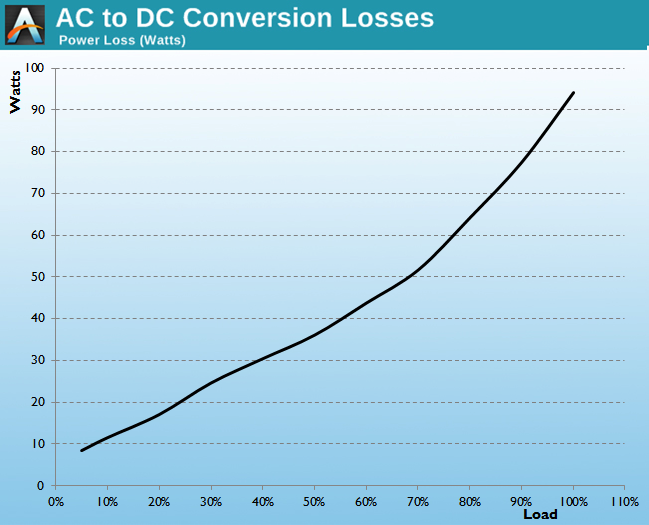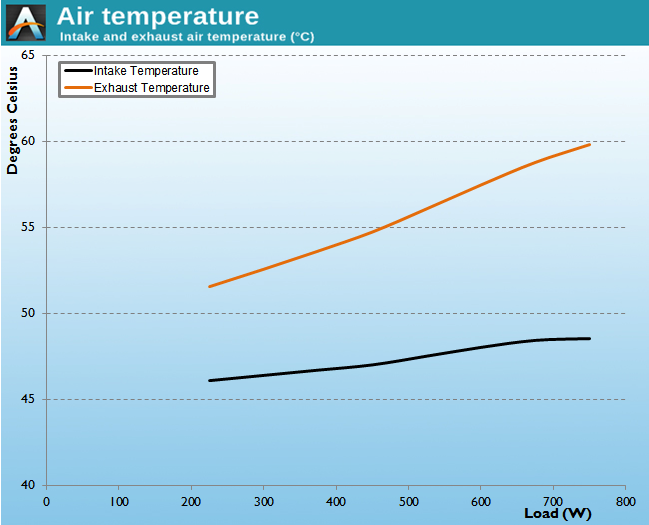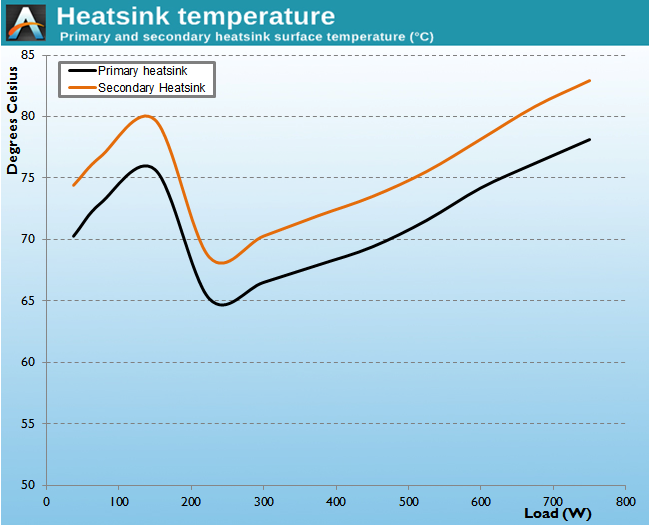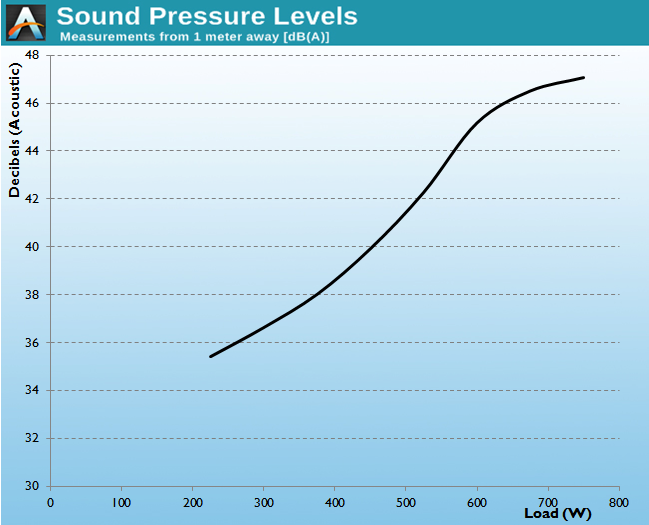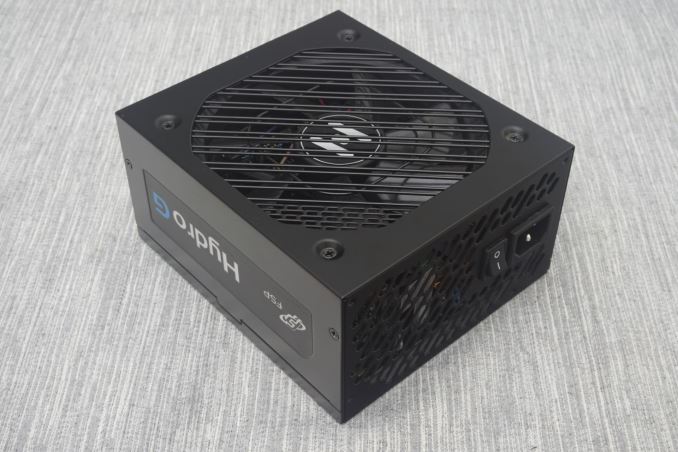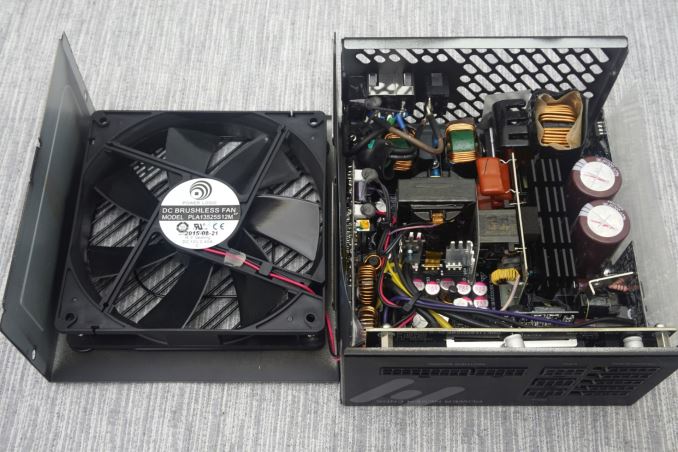
Original Link: https://www.anandtech.com/show/10062/the-fsp-hydro-g-750w-power-supply-review
The FSP Hydro G 750W Power Supply Review
by E. Fylladitakis on March 3, 2016 8:00 AM EST- Posted in
- PSUs
- Cases/Cooling/PSUs
- 750W
- FSP
- Modular
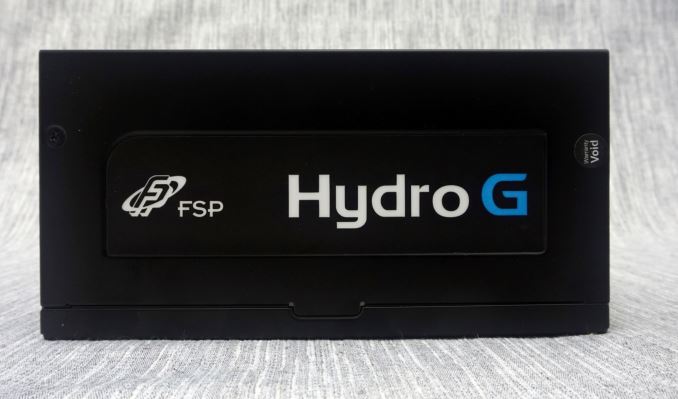
Fortron Source (FSP) is one of the oldest computer PSU manufacturers in the market, and is the OEM behind a number of rebranded products. Their designs are usually found in advanced mid-range units, such as the Be Quiet! Dark Power Pro 10 series, but FSP has also developed interesting high-wattage designs, some of which they have been selling under their own brand. To that end, today we'll be taking a closer look at one of thier first-party PSUs, the FSP Hydro G 750W.
FSP ranks their Hydro G as their premium series, albeit beneath the 80Plus Platinum certified Aurum PT units. The Hydro G series consists of three 80Plus Gold units, ranging from 650W to 850W. All three units are based on the same platform design and FSP has supplied us with the middle option, the 750W model, which should give us a good look at the quality and performance of the series. FSP is also boasting some interesting features that we are eager to examine, such as changeable side stickers, a "server grade" design and 0 dB(A) fan control.
| Power specifications ( Rated @ 50 °C ) | |||||
| AC INPUT | 100 - 240 VAC, 50 - 60 Hz | ||||
| RAIL | +3.3V | +5V | +12V | +5Vsb | -12V |
| MAX OUTPUT | 25A | 25A | 62.5A | 3.5A | 0.5A |
| 150W | 750W | 17.5W | 6W | ||
| TOTAL | 750W | ||||
Packaging and Bundle
FSP packs the Hydro G unit in a short but very sturdy cardboard box. The artwork is simple, based on a dark theme with golden edgings, with a picture of the PSU itself in the middle. The most important features of the PSU are presented on the front side of the box in the form of icons. Details may be found on its sides and rear.
Even though the Hydro G is considered a premium series by FSP, the company is supplying only the absolute basics with it. Inside the box we only found a standard AC power cable, four black mounting screws, and very basic manual/instructions leaflets. The PSU comes adorned with blue stickers, and as part of their color changing gimmick FSP also supplies sets of red and green stickers in the box to change the accent color of the PSU. The whole design of each set of stickers differs, not just the color. However it should be noted that these are true stickers rather than some kind of reusable solution, so once a sticker is applied that's it.
The modular cables of the Hydro G are "flat" ribbon-type cables, including the main 24-pin ATX cable. All of the wires and connectors are black. The number of connectors per cable is a bit unusual though. For example, one cable has four SATA connectors, another has two SATA and two Molex connectors, and two of them have two SATA, one Molex and one floppy connector each. There is no cable with just Molex connectors on it.
| FSP Hydro G 750W | ||
| Connector type | Hardwired | Modular |
| ATX 24 Pin | - | 1 |
| EPS 4+4 Pin | - | 1 |
| EPS 8 Pin | - | - |
| PCI-E 6+2 Pin | - | 4 |
| PCI-E 8 Pin | - | - |
| SATA | - | 10 |
| Molex | - | 6 |
| Floppy | - | 2 |
External Appearance
The Hydro G PSUs use a slightly modified standard steel chassis that is sprayed with satin black paint. The satin paint has an excellent finish but it also is highly prone to fingerprints, so much so that in systems where aesthetics matter and the PSU is visible, the unit will probably need to be cleaned using a soft cloth after first installing it inside the case. A sticker with the electrical specifications and certifications of the PSU can be found at the top side of the chassis. On both of the PSU's sides, we find the simplistic blue stickers pre-attached. Thankfully, the side sticker facing the left side panel of the case will always be upright, regardless whether the PSU has been installed with the fan facing up or down.
FSP is using a diagonal dual parallel wire finger guard for the fan. Diagonal Cassini oval openings also form the exhaust opening at the rear of the PSU. According to the company, this formation is supposed to reduce aerodynamic drag, which in turn reduces turbulence, resulting to lower noise.
The front of the PSU is similarly simple, with an abstract design based on more diagonal Cassini ovals to the upper right corner of the surface.
Internal Design
The airflow needs of the Hydro G PSU are covered by a 135 mm fan from Power Logic. It is a very high quality model using a Hydro Dynamic bearing, is capble of reaching 2000 RPM. At that speed the maximum airflow would be around 111.1 CFM.
Obviously, the Hydro G PSUs were designed and built by FSP themselves, without any other OEM behind it. It is a new but simple design, using a resonant LLC converter formation, with a half-bridge primary inversion stage and a 12V-only conversion at the secondary of the transformer, with DC to DC conversion circuits for the generation of the minor voltage lines. The input filtering stage consists of four Y capacitors, two X capacitors, two filtering inductors and one surge-suppressing MOV.
Meanwhile the cooling design is a little strange for a higher capacity 80Plus Gold PSU. A sizable heatsink covers the APFC and primary inversion side active components, but relatively tiny heatsinks are utilized for the secondary side conversion transistors. The reason for this is that the conversion components that FSP is using at the secondary, found at the underside of the main PCB, have very low conversion losses. Furthermore the overall thermal design of the Hydro G has the chassis itself doubling as a heatsink. Do not be alarmed if the body of the PSU itself gets quite warm during operation, it only means that the cooling system works the way it is supposed to. This way FSP can deliver a quieter PSU with lower internal thermal needs, shifting a small part of the thermal load directly to the exterior of the unit through its chassis. The catch is that this approach is going to slightly increase the thermal load of the system itself, although the increase should be minimal considering the volume and airflow of the average ATX case.
FSP advertises this unit as having "100% Japan made e-caps". By "e-caps", the company obviously means electrolytic capacitors. Sure enough, the two main 420V/330μF APFC capacitors are supplied by Nippon Chemi-Con. The same manufacturer supplies most of the electrolytic capacitors found inside this unit, with the exception of a few Rubycon products. All of the polymer capacitors are supplied by Teapo, which is a reputable Taiwanese manufacturer.
Cold Test Results
For our PSU testing we are using high precision electronic loads with a maximum power draw of 2700 Watts, a Rigol DS5042M 40 MHz oscilloscope, an Extech 380803 power analyzer, two high precision UNI-T UT-325 digital thermometers, an Extech HD600 SPL meter, a self-designed hotbox and various other bits and parts. For a thorough explanation of our testing methodology and more details on our equipment, please refer to our How We Test PSUs - 2014 Pipeline post.
The conversion efficiency of the FSP Hydro G 750W at room temperature is very good, with the PSU surpassing 92.1% at 50% load. It also has an average of 90.8% within the nominal load range (20% to 100% of the unit's capacity). The efficiency is relatively stable across the nominal load range and only degrades significantly when the PSU is very heavily loaded, but it always remains well within the 80Plus Gold certification limits.
FSP has designed the Hydro G to minimize the use of the active cooling in order to keep noise levels down, similar to zero fan speed idle features we've seen in other classes of PC components. As a result, PSU's fan will not spin at all when the load is very low, only finally spinning up when higher loads call for greater cooling. At room temperature, the fan of our sample started spinning when the load was exactly 300 Watts, albeit very slowly. The fan's speed did not increase significantly beyond that point either, with the Hydro G generating perceptible levels of noise only when fully loaded.
Hot Test Results
As we can see in the tables below, the FSP Hydro G 750W can deliver good electrical performance under stress. Our instrumentation recorded a maximum ripple of 40mV on the 12V line, a good figure for a PSU of this class. Similarly, the voltage ripple on the 3.3V and 5V lines is 26mV and 22mV respectively. The filtering is however strange, as the PSU's output power quality degrades at both high and low loads, unlike the vast majority of designs which only degrade as the load increases. The voltage regulation is adequate, at 2.8% for the 12V line, 3.3% for the 3V line and 2.9% for the 5V line.
| Main Output | ||||||||
| Load (Watts) | 153.07 W | 380.57 W | 562.39 W | 744.11 W | ||||
| Load (Percent) | 20.41% | 50.74% | 74.99% | 99.22% | ||||
| Amperes | Volts | Amperes | Volts | Amperes | Volts | Amperes | Volts | |
| 3.3 V | 2.2 | 3.41 | 5.49 | 3.39 | 8.24 | 3.33 | 10.98 | 3.29 |
| 5 V | 2.2 | 5.18 | 5.49 | 5.13 | 8.24 | 5.05 | 10.98 | 5.03 |
| 12 V | 10.98 | 12.22 | 27.45 | 12.16 | 41.18 | 11.98 | 54.9 | 11.89 |
| Line | Regulation (20% to 100% load) |
Voltage Ripple (mV) | |||||
| 20% Load | 50% Load | 75% Load | 100% Load | CL1 12V |
CL2 3.3V + 5V |
||
| 3.3V | 3.3% | 16 | 12 | 18 | 22 | 22 | 26 |
| 5V | 2.9% | 16 | 10 | 18 | 26 | 30 | 30 |
| 12V | 2.75% | 32 | 26 | 34 | 36 | 40 | 38 |
A high ambient temperature has a substantial negative impact on the electrical performance of the Hydro G 750W PSU. The average nominal load (20-100%) efficiency drops by 1.4%, while the maximum efficiency now is 90.6% at 50% load. Nevertheless, the drop is balanced across the entire load range and only slightly greater at maximum load, indicating that the components are not being overly stressed.
Due to the high ambient temperature, the fan of the Hydro G 750W PSU started with a load of 210 Watts this time and, naturally, began accelerating much quicker than before. Acoustics are being sacrificed but the Hydro G maintains comparatively low operating temperatures, surpassing 80°C only on the small secondary side heatsinks and under maximum load. Apparently, FSP does want this unit to remain quiet under normal operating conditions, but they are more than willing to sacrifice that acoustic comfort when the conditions are harsh in order to ensure the longevity of the PSU itself.
Final Words
Wrapping things up, FSP designed the Hydro G series specifically to attract advanced users and enthusiasts who want high quality and high performance PSUs, but do not require massive levels of power. More specifically, FSP is hoping that the Hydro G units will find their way into high-end gaming systems that are using up to three high performance graphics cards (two for the 750W version we reviewed today).
As gamers often build for aesthetics as well as performance, FSP spent a considerable portion of their time and resources to design a visually pleasing and unique PSU. The satin black finish may be prone to fingerprints, but it is very smooth and subtle, while many users will appreciate the all-black, flat cables. Our only negative remark lies with the heavily advertised changeable side stickers, which although changable, can only be used once and cannot be removed since they're standard stickers. However they do get the job done, just as long as user is happy with their first color selection.
From an engineering standpoint FSP generally creates high quality products, and the Hydro G is no exception. As a matter of fact, it may very well be a testament to what the company can achieve. The design is very clean and the PSU itself is very well made, using excellent quality components. The five-year warranty may not be extraordinary for a unit of this class, but it certainly is reassuring.
The overall performance of the Hydro G PSU is excellent. Acoustics seem to be the primary focus of the design, as the Hydro G 750W PSU remained inaudible almost across the entire load range in room temperature testing. Nevertheless, FSP is not afraid to ditch the acoustics performance if the temperatures get high, ensuring the stability and longevity of the PSU. The electrical conversion efficiency is not extravagant for an 80Plus Gold certified model, neither is the quality of the power output, but they should be more than satisfactory even for demanding users.
Ultimately the FSP Hydro G is a high quality, very well made product that offers excellent overall performance. It would mostly match the needs of those that want a product that combines aesthetics with good overall performance focused on low noise operation. The current MSRP price of $120 for the 750W version is a little high, considering that many competitive products retail for $10 to $30 less, but the PSU can be found retailing for as low as $80 after rebate, which is a very good deal for such a model.

